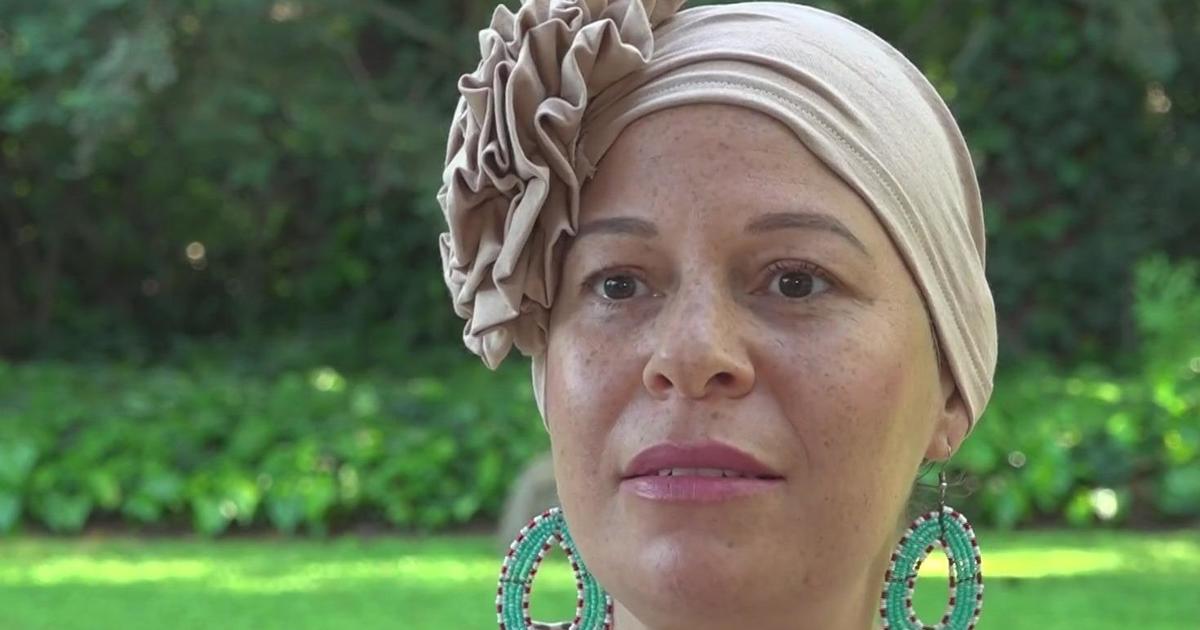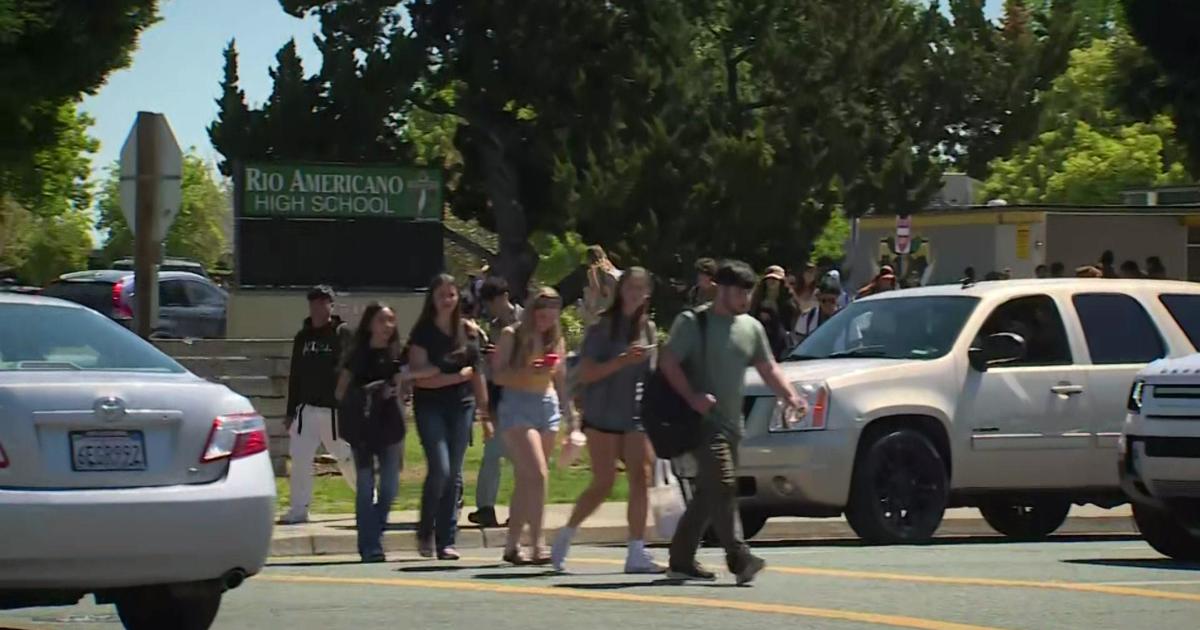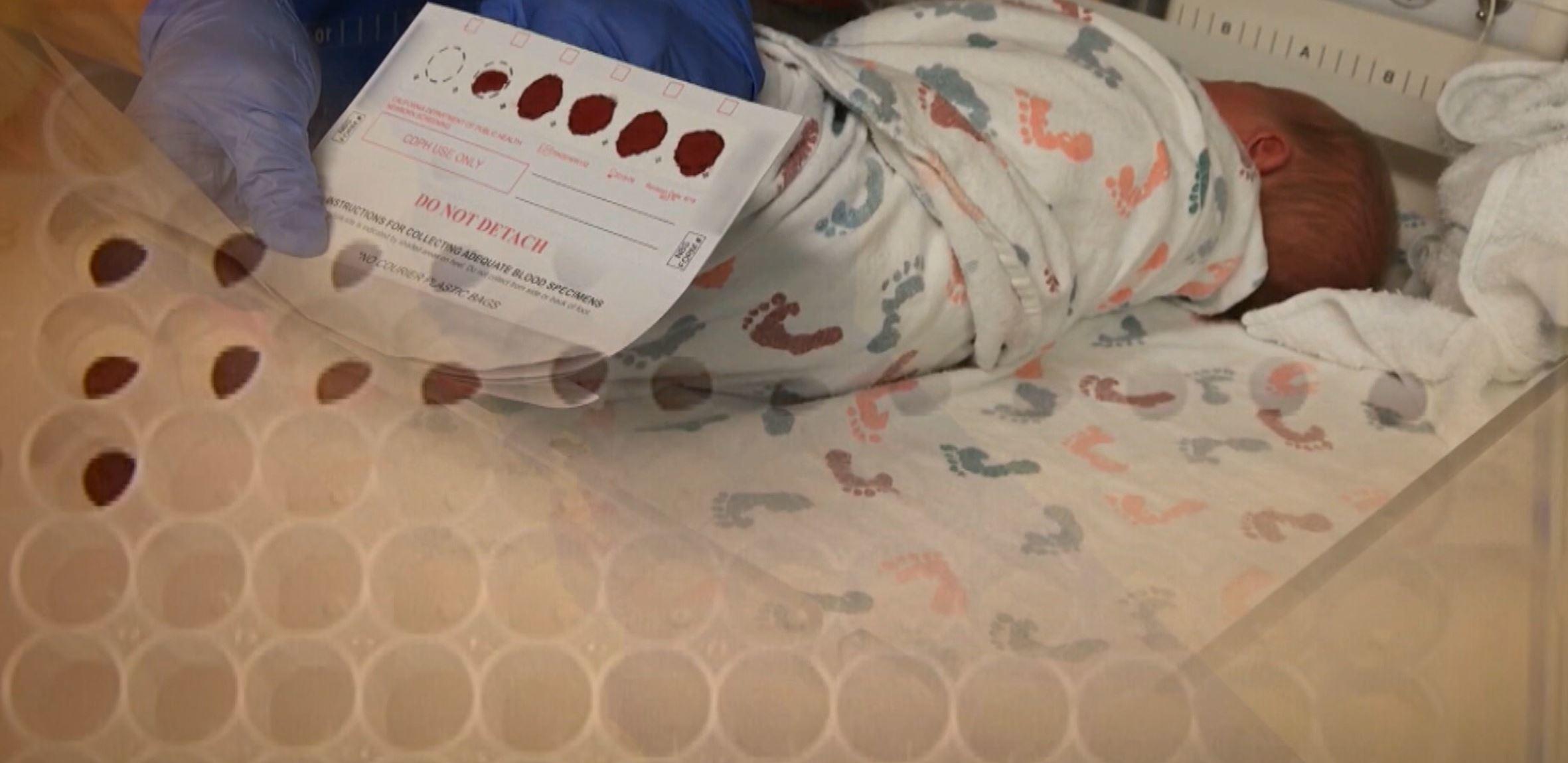Study: Teachers Who Praise See A 30% Increase In Good Behavior From Students
(CNN) -- The more your child's elementary school teacher uses praise instead of punishment, the more your child will stay focused on their schoolwork and lessons in the classroom, according to a new study published in the journal Educational Psychology.
"As elementary teachers' praise over punishment ratio increases, students' on-task behavior increases as well," said lead author Paul Caldarella, a professor in the Brigham Young University's counseling, psychology and special education department.
Not only that, he added, but the higher the ratio between the two -- the more a teacher praised and the less they scolded -- the better kids stayed focused on their lessons.
Praise is the key
Prior research has consistently shown praise is the simplest classroom behavior strategy a teacher can use to both reinforce and acknowledge good student behavior. That, studies show, is then directly linked to better academic scores and social outcomes.
Teacher reprimands, on the other hand, have been found to predict -- even increase -- student misbehavior and an unwillingness to comply with instruction.
Despite the clear connections, classrooms studies over the years have not seen a high use of praise in the classroom. In fact, teacher praise tends to decline as children age, while use of reprimands increase.
It's not realistic to imagine that a teacher never use a reprimand; even the most positive teacher will need to stop highly disruptive behavior quickly. Still, studies show that keeping those to a bare minimum works best.
In fact, educators typically suggest a 3:1 or 4:1 praise-to-reprimand ratio is best. That means for every one reprimand, a teacher should provide three or four positive reinforcements. Yet little research has been done on whether that ratio was truly effective, Caldarella said.
How much praise?
To test that, Caldarella's team spent three years counting teacher praise and reprimands in 151 classrooms in 19 elementary schools across the states of Missouri, Tennessee and Utah.
The team observed teacher interactions with a total of 2,536 students between the ages of 5 and 12, attending kindergarten through sixth grade.
Half of those classrooms were controls, where teachers were told to teach as they typically did. In the other half, teachers were required to follow a behavioral intervention program called CW-FIT. That stands for "Class-Wide Function-related Intervention Teams," a program that has been providing teachers with alternate methods for handling student behavior since 2005.
In CW-FIT teachers first teach children social skills through through repetition, discussion, and role plays. Then, the teachers form student teams, praising the students when they follow those good social behaviors. When the team meets a pre-set goal, the teacher then rewards the team while also praising. If students fail to respond to this first tier of training, there are advanced levels as well.
Two large studies of CW-FIT previously done by Caldarella's team have shown that children in those programs were more engaged. At the same time, disruptive behavior dropped.
The more praise the better
Caldarella's new study defined praise as "a verbal indication of approval" after a student behaved properly, rather than merely acknowledging a correct response. A reprimand was defined as "verbal disapproval (including a threat or scolding)" to inappropriate behavior, or an instruction that the behavior should stop.
When all of the interactions were analyzed, it turned out there was no "tipping point" of praise over reprimand where on-task behavior drastically improved.
Instead the effect was linear -- the more praise, the more improvement in student cooperation and attention to tasks. Those who provided the most praise saw up to 30% more positive student behavior.
"Even if teachers praised as much as they reprimanded, students' on-task behavior reached 60%," Caldarella said. "However, if teachers could increase their praise to reprimand ratio to 2:1 or higher, they would see even more improvements in the classroom."
Caldarella recommends parents try to seek out teachers who offer praise for their children, and if that's not possible, share the results of this research with their child's school and teacher as a way to encourage the adoption of praise over punishment.
"Behavior that is reinforced tends to increase," Caldarella said. "So if teachers are praising students for good behavior -- such as attending to the teacher, asking for help appropriately, etc -- it stands to reason that this behavior will increase, and learning will improve."
The-CNN-Wire
™ & © 2020 Cable News Network, Inc., a WarnerMedia Company. All rights reserved.



